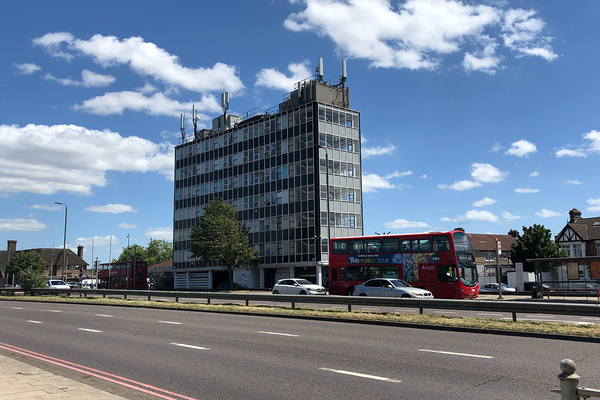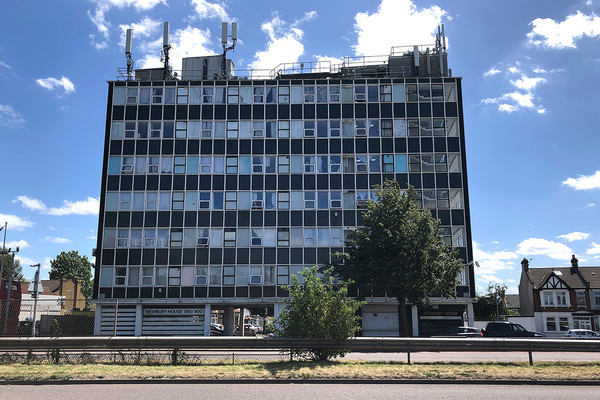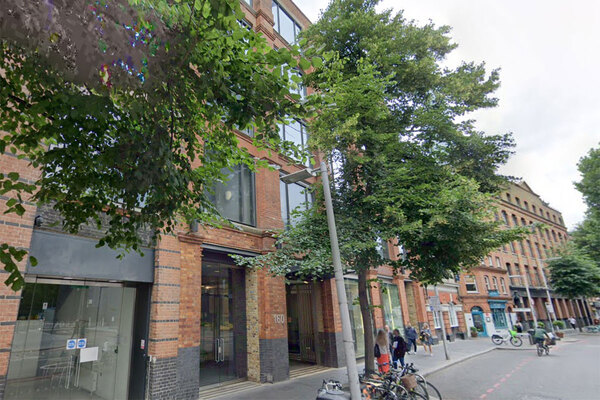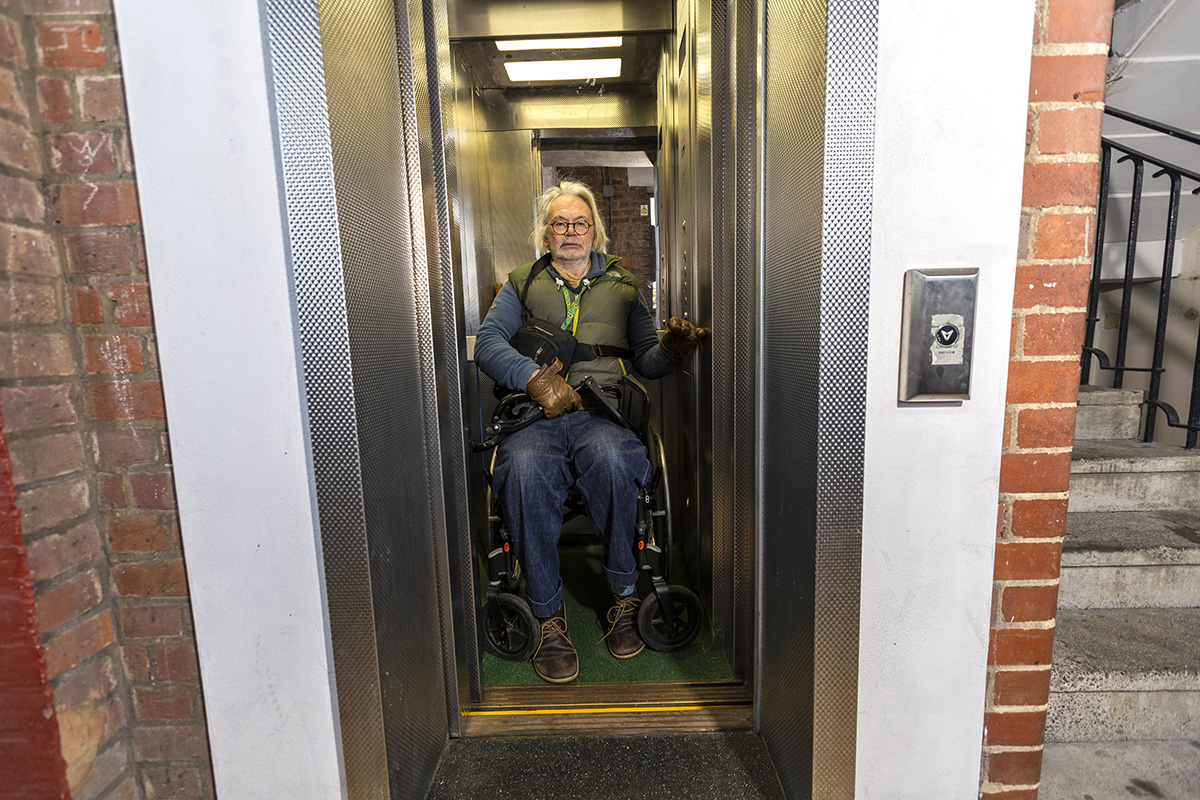You are viewing 1 of your 1 free articles
Government receives major backlash over permitted development rights expansion
Local government, housing and planning bodies have hit back at the government’s latest plans to expand permitted development rights (PDR), arguing that the policy will lead to inadequate housing and undermine conservation areas.
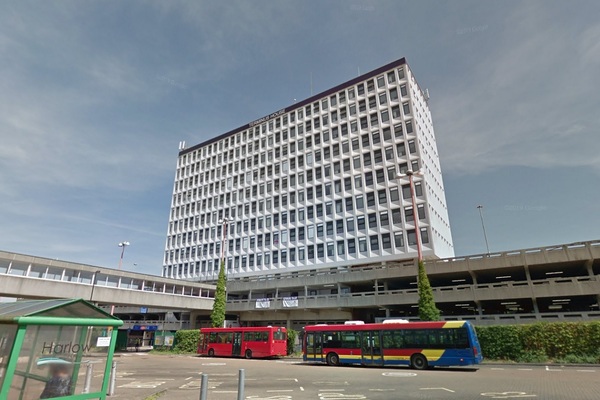
A government consultation that sought views on extending PDR to include more types of schemes and cut application decision times has received strong opposition from a number of groups.
Responding to the consultation, which closed on 29 January, the Chartered Institute of Housing (CIH) warned that the proposals “risk delivering poor-quality homes that undermine people’s health, well-being and quality of life”.
The policy, which allows developers to bypass the planning system on certain sites, has been linked with a proliferation of inadequate housing in recent years, with the government’s own review into PDR acknowledging its negative effects.
Under plans set out in December last year, the government said it wanted to “simplify and rationalise” the system and allow more property types, including shops, banks, restaurants, gyms, creches, to be turned into housing. Until now, only office buildings and some commercial spaces have been allowed to use PDR.
The window for decision on PDR projects would also be cut from 21 days to 14 days under the new proposals.
In its submission, the CIH warned that this would “risk creating a scenario where there is a lack of control for local planning authorities (LPAs) to ensure the delivery of the right homes in the right places”.
London Councils, which represents the 32 London boroughs, agreed and warned that the change would heap pressure on local planning teams which would also receive lower fees for PDR schemes.
Currently, full planning applications fees stand at £462 per new home or conversion but the government is proposing dropping this to £96 for PDR.
The group said it is “extremely concerned” about the plans, adding: “It may lead to some increased housing delivery, but with no affordable housing or contributions to infrastructure.”
The proposals also call for the right to apply PDR to conservation areas, currently protected by legislation, arguing that some high streets are designated as conservation areas for their architectural and historical value.
“It risks a disruptive free-for-all, with short-term financial considerations deciding the future use of vacant high street buildings, damaging the fabric and coherence of town centres,” London Councils said.
The Royal Town Planning Institute also panned the concept, suggesting it would “jeopardise the character and vitality of a high street”.
Fiona Howie, chief executive of the Town and Country Planning Association, said the organisation is “strongly opposed” to further expansion of PDR.
She added: “It bypasses local community participation and democratic control in decisions that are critical to the future of people’s health and well-being.
“It fails to meet the government’s climate targets by bypassing planning laws on climate mitigation, as well as bypassing requirements for affordable housing contributions.”
The new proposals come hot on the heels of significant expansions to PDR being rushed onto the statute book last summer.
Ministers announced in September that new homes delivered through PDR must meet space standards, following pressure from the industry and some Conservative backbenchers.
The government is currently considering responses to the consultation.
A Ministry of Housing, Communities and Local Government spokesperson said: “The High Street Homes permitted development right will support the diversification of our high streets and town centres by allowing more flexibility for much-needed housing, while making the most of existing buildings.
“The consultation has now closed. We are considering the responses and further announcements will be made in due course.”
Sign up for our daily newsletter
Already have an account? Click here to manage your newsletters

